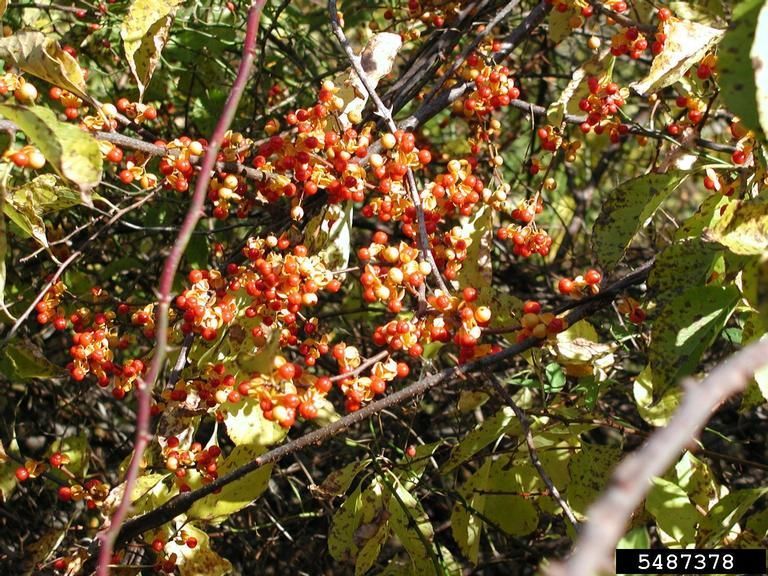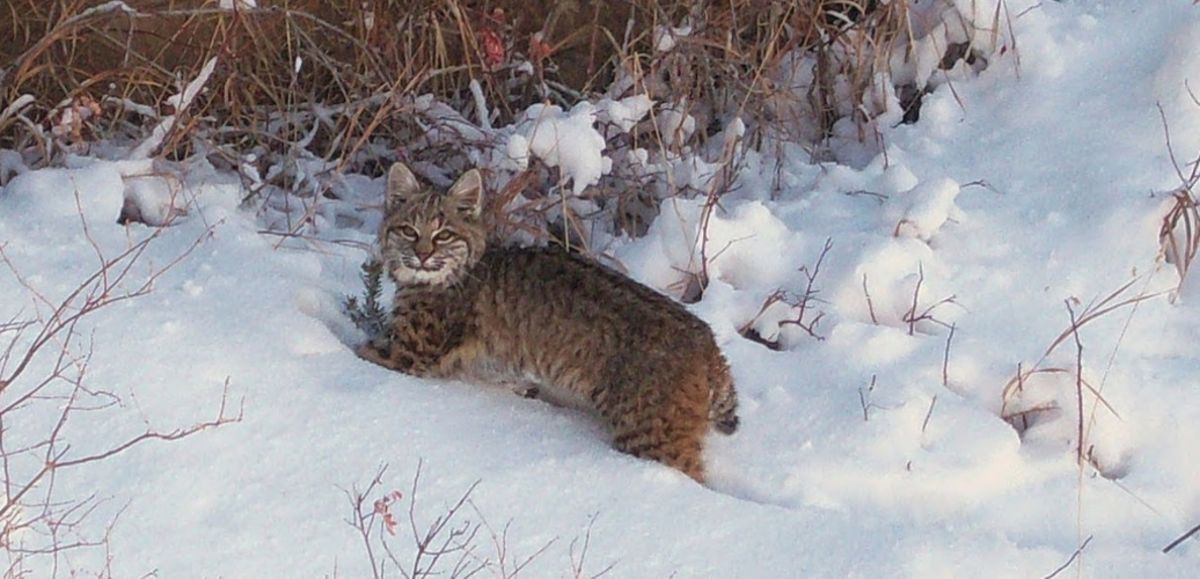USFWS Seeking Public Comment on Cormorant Control
The U.S. Fish and Wildlife Service (USFWS) is seeking input from the public on management efforts for cormorants. The proposed rule would establish a permit for state wildlife agencies to authorize management techniques that were previously prohibited.
States would have the delegated authority to determine whether, when, where and for what purposes to control cormorants within limits set by the USFWS. Michigan United Conservation Clubs is in strong support of reinstating cormorant control per several member-passed resolutions.
The public comment period will expire on March 9. To submit a comment, click here .
When making your comments, consider using these talking points:
- Michigan hosts about 55% of the interior population’s breeding pairs and can be considered “ground zero” for the negative effects of cormorants.
- Cormorants, a federally-protected, fish-eating bird, feed primarily on alewives and round gobies but also significant numbers of stocked trout, salmon and yellow perch.
- Research has firmly established the linkage between cormorant predation on fish populations and their decline in Saginaw Bay and the Les Cheneaux perch fishery.
- Stocking of trout and salmon becomes impractical when cormorant numbers at stocking sites become excessive — this continues to occur throughout lakes Michigan and Huron.
- A passed MUCC resolution calls for the significant reduction in the cormorant population in Michigan through lethal management efforts such as the taking of cormorants, eggs and nests.
If you would like to learn more about cormorant management, the USFWS has compiled several documents here: https://www.fws.gov/regulations/cormorant/resources
The public comment period will expire on March 9. We urge you to support cormorant control by submitting public comments here to protect our investments in stocking and fisheries management here in Michigan!
The post USFWS Seeking Public Comment on Cormorant Control appeared first on Michigan United Conservation Clubs.



